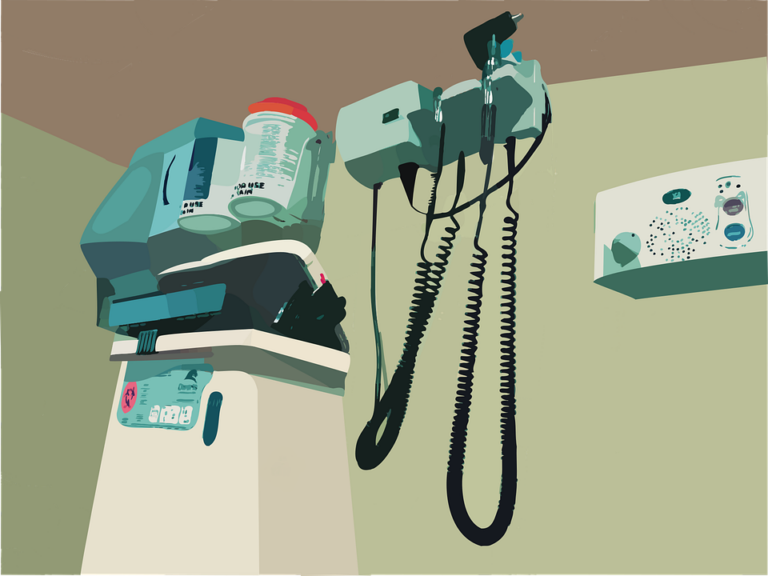Book Appointment Now

Rehabilitation After Spine Injury
In the realm of trauma and acute care nursing, the role of rehabilitation is critical for patients recovering from a spine injury. Such injuries often result in partial or total loss of motor functions, which significantly impacts a patient’s quality of life. The recovery process, while lengthy, requires structured and personalized rehabilitation plans. This article delves into the best nursing practices for spinal cord injury rehabilitation and explores the collaborative roles of physical and occupational therapists in motor function recovery.
Do you need nursing paper writing help regarding spinal cord injury rehabilitation? ![]()
Understanding Spinal Cord Injuries
Spinal cord injuries can vary in severity depending on the location and extent of the damage. They may lead to paralysis, loss of sensation, or limited mobility. The primary objective in rehabilitation is to optimize the patient’s neurological recovery and improve their ability to perform daily tasks. Nurses play a pivotal role in guiding patients through the rehabilitation process and ensuring that the necessary therapies are implemented effectively.
Nursing Interventions for Spinal Injury Patients
Nurses are at the forefront of care for individuals recovering from spinal injuries. Key nursing interventions include:
Initial Assessment and Monitoring
After an acute spine injury, a comprehensive assessment is vital to determine the extent of motor function impairment. Nurses monitor vital signs, assess for any changes in movement or sensation, and provide wound care in case of surgical interventions. Regular monitoring allows nurses to track the patient’s progress and modify the rehabilitation plan as needed.
Pain Management and Patient Comfort
Pain management is crucial for patients with spine injuries, as chronic pain can hinder the rehabilitation process. Nurses collaborate with the medical team to implement pain management plans, which may involve medication, non-pharmacological interventions, and psychological support.
Physical Therapy for Motor Function Recovery
One of the cornerstones of spinal cord injury rehabilitation is physical therapy. Physical therapists work alongside nursing teams to create a tailored exercise program focused on improving mobility and muscle strength. For patients with limited movement, early passive exercises can help maintain muscle tone and prevent atrophy.
Importance of Mobility Exercises
Physical therapy aims to restore as much independence as possible. Mobility exercises focus on regaining strength in key muscle groups, improving coordination, and increasing endurance. Nurses ensure that the exercises are performed safely and regularly, helping to prevent complications like muscle contractures.
Occupational Therapy and Functional Independence
Occupational therapy is another vital component of rehabilitation, particularly for patients who have suffered partial paralysis. Occupational therapists assist patients in regaining their ability to perform daily tasks such as dressing, eating, and using mobility aids. Nurses help facilitate these sessions and provide the necessary support to ensure adherence to the therapy regimen.
Assistive Devices and Home Modifications
In cases where full motor function recovery is not possible, assistive devices such as wheelchairs or braces can help maximize independence. Occupational therapists may also recommend home modifications to make the living environment more accessible. Nurses play a key role in educating both the patient and their family about these adjustments.
Psychological Support and Motivation
Rehabilitation after spine injury is not just a physical journey but an emotional one as well. Patients often face depression, anxiety, and frustration during the long recovery process. Nurses provide crucial psychological support, helping patients stay motivated and focused on their rehabilitation goals.
Long-Term Nursing Care for Spine Injury Patients
Long-term recovery after a spinal injury requires consistent care and follow-up. Nursing professionals continue to play a vital role in monitoring the patient’s progress, managing complications such as infections or pressure ulcers, and coordinating with other healthcare providers to ensure comprehensive care. Regular reassessment of the rehabilitation plan allows for adjustments as the patient’s condition evolves.
In the context of trauma and acute care nursing, spinal cord injury rehabilitation is a multi-faceted process that demands the expertise of nurses, physical therapists, and occupational therapists. Through structured interventions, nursing care supports the patient’s journey toward motor function recovery and improved independence. The goal is to provide a holistic approach that addresses the physical, emotional, and practical aspects of the patient’s rehabilitation, ultimately enhancing their quality of life.






